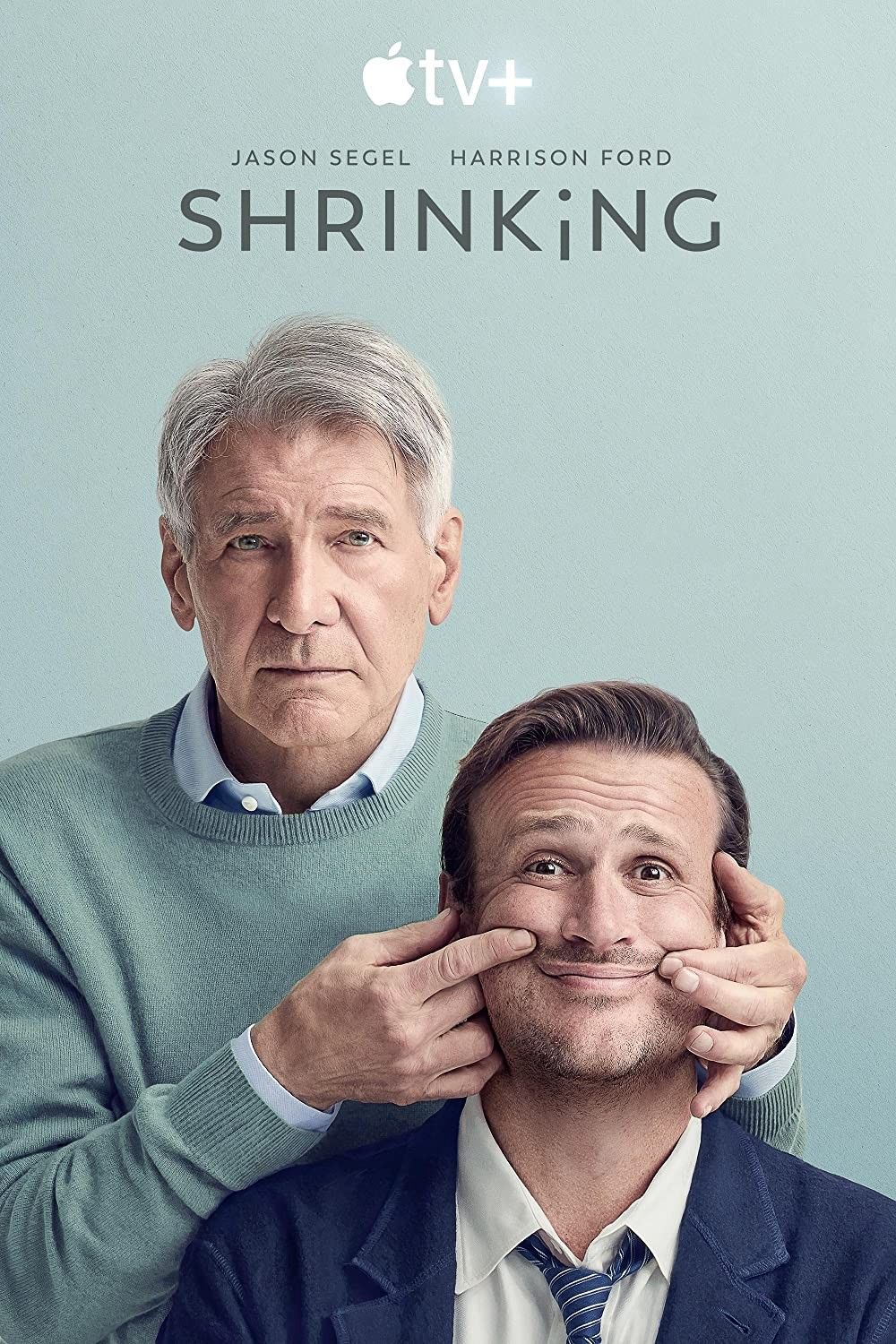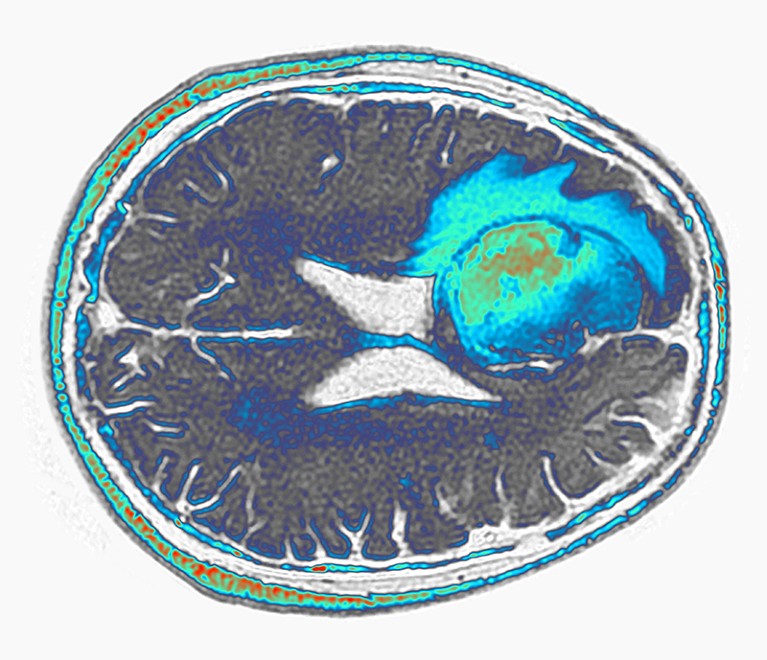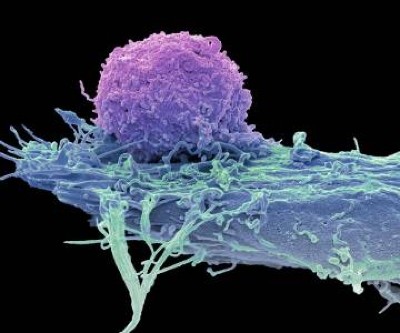[ad_1]
Advertencia: hay spoilers de la temporada 2 de Shrinking.
Harrison Ford Encoger El personaje, el Dr. Paul Rhodes, padece la enfermedad de Parkinson. Como se especifica Organización Mundial de la Salud, La enfermedad de Parkinson es “Una afección cerebral que causa problemas de movimiento, salud mental, sueño, dolor y otros problemas de salud”. Los movimientos involuntarios y los temblores conocidos como discinesia son síntomas comunes de la enfermedad de Parkinson de Paul. Como se muestra en los flashbacks durante la temporada 2, episodio 8, Paul fue diagnosticado antes de que Tia (Lilan Bowden) muriera en un accidente automovilístico, lo que significa que fue diagnosticado más de un año antes del comienzo de la temporada. Encoger Temporada 1.
Inicialmente, Paul solo compartió su diagnóstico con Jimmy (Jason Segel) y no con su otra colega Gabby (Jessica Williams), pero ella ya lo conocía y estaba ansiosa por ayudarlo. Gabe finalmente comenzó a transportar a Paul hacia y desde el trabajo debido al efecto que tenía el Parkinson en él. Muchos otros Encoger Los personajes, incluida la ex neuróloga y ahora novia de Paul, la Dra. Julie Baram (Wendi Malick), también lo apoyaron. Sin embargo, algunos elementos de la enfermedad de Parkinson están a punto de cambiar Encoger Temporada 3.
Paul Harrison Ford puede experimentar síntomas más graves de la enfermedad de Parkinson en la temporada 3 de Shrink
Sus medicamentos no están funcionando tan bien.
Como se ve en Encoger Al final de la segunda temporada y a medida que avanza la temporada, Los síntomas del Parkinson de Paul se están volviendo más graves y los medicamentos que toma ya no funcionan tan bien como antes.. Desafortunadamente, como explica la neuróloga actual de Paul, la Dra. Sykes (Amy Rosoff), Paul ya estaba tomando la dosis máxima del medicamento que podía tomar con seguridad. Como no podía aumentar su medicación, todo lo que pudo hacer fue realizar cambios saludables en su estilo de vida, lo que hizo al decidir dejar de beber alcohol.
Relacionado con
Guía de la banda sonora de la temporada 2: cada canción de cada episodio
La banda sonora es una parte vital de la temporada 2 de Shrinking en Apple TV+, mientras Jimmy, Paul, Gaby y el resto de los personajes asumen nuevos desafíos.
Sin embargo, los síntomas de Paul seguían empeorando, como lo demuestra el aumento de sus temblores. Además de temblores severos, Paul también puede experimentar otros síntomas de Parkinson en la temporada 3, que incluyen dificultad para caminar, deterioro cognitivo y dificultad para hablar. Durante la cena de Acción de Gracias en la casa de Gabe en el final de la temporada 2, Paul comparte con sus seres queridos que tiene miedo de lo que está por venir, pero sabe que puede superarlo con todo el apoyo y el amor que tiene en su vida.
El significado más profundo detrás del discurso de Acción de Gracias de Paul y lo que significa recortar la temporada 3
La enfermedad de Parkinson de Paul será el foco principal de la tercera temporada.
El significado más profundo del discurso de Acción de Gracias de Paul es sobre la importancia de la comunidad y que la mejor manera de superar los desafíos de la vida es apoyar a los seres queridos. Cada letra en ella Encoger Se enfrenta a desafíos, y algunos desafíos, como la enfermedad de Parkinson o la muerte de un ser querido como Tia, no son problemas que puedan superarse simplemente. Sin embargo, estos desafíos pueden volverse más manejables cuando uno no tiene que enfrentarlos solo y cuenta con el apoyo de personas que se preocupan.
Encoger Ya ha sido renovada para una tercera temporada.
La enfermedad de Paul Parkinson y sus efectos en él y otros personajes serán el foco principal de la tercera temporada. Aunque es un hombre muchas veces obstinado, Paul tendrá que adaptarse a los cambios personales y profesionales que surgirán a raíz del empeoramiento de sus síntomas.. Esto tendrá un gran impacto en su práctica de TCC mientras trabaja con Jamie y Gabby, en la novia de Paul, Julie, y en todas las personas en su vida. Se espera que la historia de Paul sea emotiva y crítica para él. Encoger Temporada 3.
Fuente: Organización Mundial de la Salud
[ad_2]
Source Article Link






